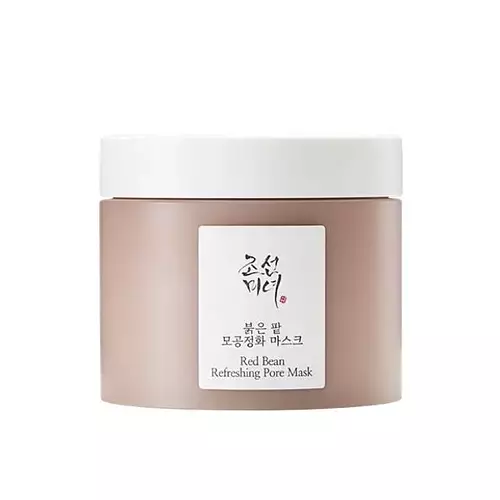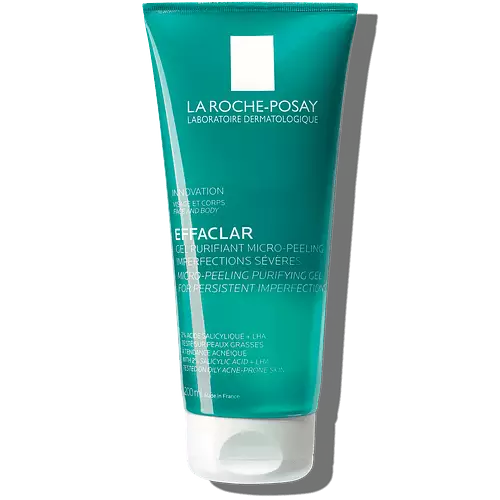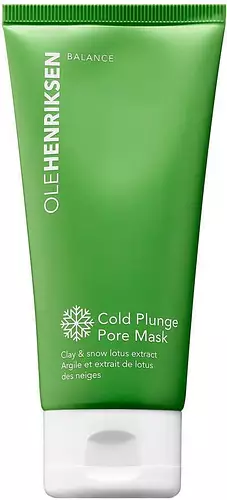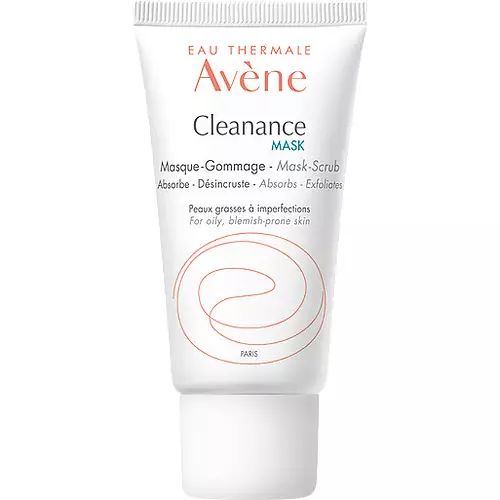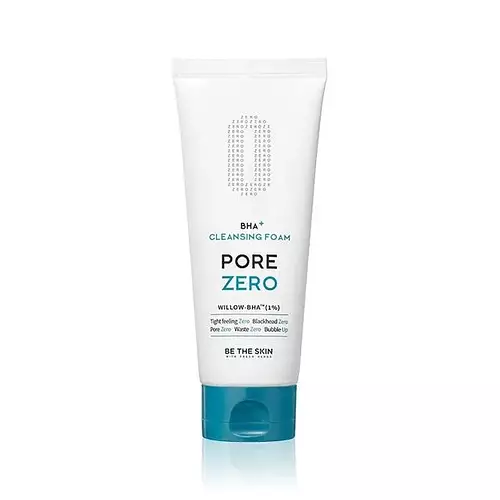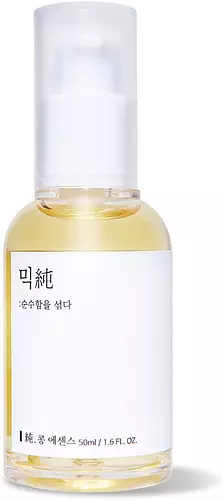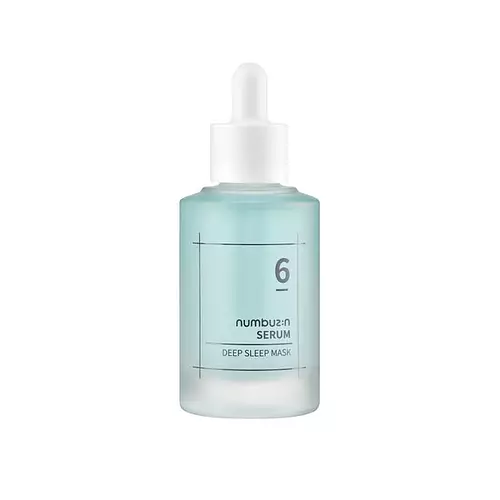Beauty of Joseon Red Bean Refreshing Pore Mask Versus La Roche-Posay Micro-Peeling Purifying Gel Cleanser
Overview
What they are
These products are both reef safe . They have a total of 2 ingredients in common
Suited For
They're both likely to be good for fighting acne, dry skin, brightening skin and oily skin
Free From
They both do not contain any harsh alcohols, fragrances, oils, parabens or silicones
We independently verify ingredients, and our claims are backed by peer-reviewed research. Spot a product that needs an update? Let us know.
Ingredient Info
Beauty of Joseon Red Bean Refreshing Pore Mask 24 ingredients
La Roche-Posay Micro-Peeling Purifying Gel Cleanser 18 ingredients
At a glance
Click on any of the items below to learn more
Beauty of Joseon Red Bean Refreshing Pore Mask 24 ingredients
La Roche-Posay Micro-Peeling Purifying Gel Cleanser 18 ingredients
Notable Ingredients
This product contains 1 ingredient that may have this attribute:
Benefits
This product contains 1 ingredient that may have this attribute:
This product contains 1 ingredient that may have this attribute:
This product contains 1 ingredient that may have this attribute:
This product contains 1 ingredient that may have this attribute:
Notable Ingredients
This product contains 1 ingredient that may have this attribute:
Benefits
This product contains 1 ingredient that may have this attribute:
This product contains 1 ingredient that may have this attribute:
This product contains 1 ingredient that may have this attribute:
This product contains 1 ingredient that may have this attribute:
This product contains 1 ingredient that may have this attribute:
This product contains 2 ingredients that may have this attribute:
Concerns
This product contains 3 ingredients that may have this attribute:
This product contains 1 ingredient that may have this attribute:
This product contains 2 ingredients that may have this attribute:
This product contains 3 ingredients that may have this attribute:
This product contains 1 ingredient that may have this attribute:
Ingredients Side-by-side
Ingredients Explained
These ingredients are found in both products.
Ingredients higher up in an ingredient list are typically present in a larger amount.
Glycerin is already naturally found in your skin. It helps moisturize and protect your skin.
A study from 2016 found glycerin to be more effective as a humectant than AHAs and hyaluronic acid.
As a humectant, it helps the skin stay hydrated by pulling moisture to your skin. The low molecular weight of glycerin allows it to pull moisture into the deeper layers of your skin.
Hydrated skin improves your skin barrier; Your skin barrier helps protect against irritants and bacteria.
Glycerin has also been found to have antimicrobial and antiviral properties. Due to these properties, glycerin is often used in wound and burn treatments.
In cosmetics, glycerin is usually derived from plants such as soybean or palm. However, it can also be sourced from animals, such as tallow or animal fat.
This ingredient is organic, colorless, odorless, and non-toxic.
Glycerin is the name for this ingredient in American English. British English uses Glycerol/Glycerine.
Learn more about GlycerinWater. It's the most common cosmetic ingredient of all. You'll usually see it at the top of ingredient lists, meaning that it makes up the largest part of the product.
So why is it so popular? Water most often acts as a solvent - this means that it helps dissolve other ingredients into the formulation.
You'll also recognize water as that liquid we all need to stay alive. If you see this, drink a glass of water. Stay hydrated!
Learn more about WaterIngredient Ratings
Here's what our community thinks of the ingredients in these products.
When to use
Beauty of Joseon Red Bean Refreshing Pore Mask 24 ingredients
La Roche-Posay Micro-Peeling Purifying Gel Cleanser 18 ingredients


Reviews
Here's what our community thinks
Beauty of Joseon Red Bean Refreshing Pore Mask 24 ingredients
NurseMeg
Love this! Has a light pleasant scent and works so well for me. Leaves my skin feeling clean and fresh.
Synlivec
Great mask
I really like this mask. It's not drying and helps fight congestion.
My only complaint is that the little black fleks in it tend to go...
Great mask
I really like this mask. It's not drying and helps fight congestion.
My only complaint is that the little black fleks in it tend to go everywhere when you wash your face. 😅
La Roche-Posay Micro-Peeling Purifying Gel Cleanser 18 ingredients
GabriellaTsoukalas
It's very good
My dermatologist recommended me after I finished my acne treatment pills. It was indeed great. After about two years, it somehow...
It's very good
My dermatologist recommended me after I finished my acne treatment pills. It was indeed great. After about two years, it somehow felt itchy after using it, so I stopped using it. Would recommend for anyone on an acne treatment journey.
emmat
ayo
love this, i use it every night, face feels clean after using it. If your someone that has really sensitive skin it could possibly irritate...
ayo
love this, i use it every night, face feels clean after using it. If your someone that has really sensitive skin it could possibly irritate you, test on your neck before trying it out
